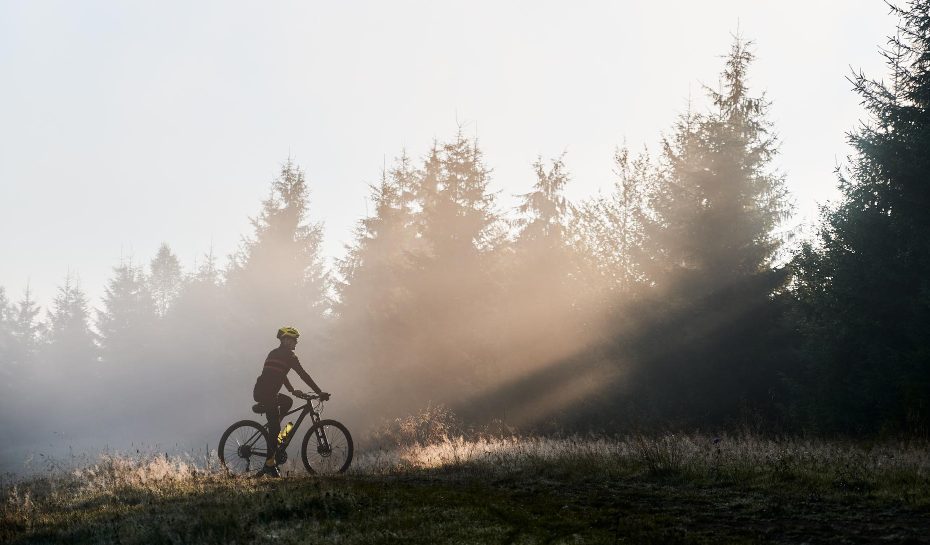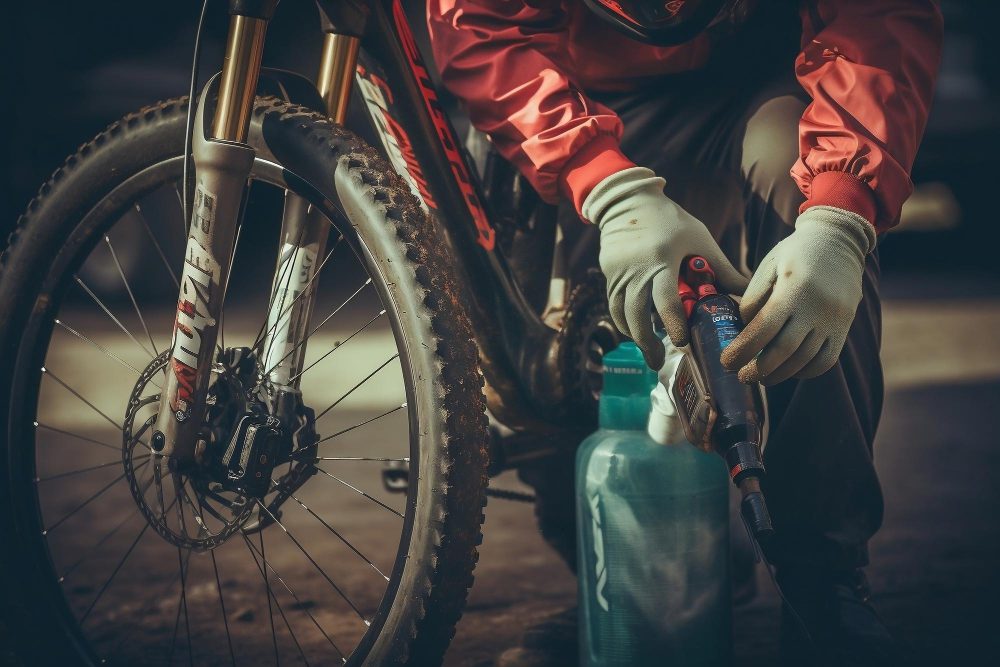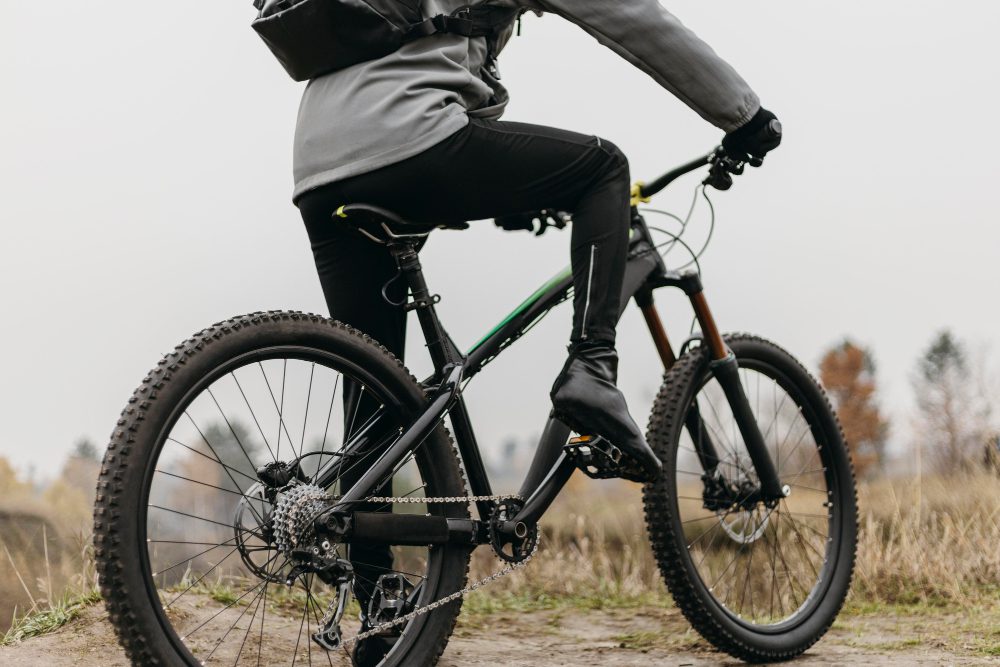Is it harder to pedal a fat tire bike?
A brief overview
Fat tire bikes, also known as fat bikes or snow bikes, have gained popularity in recent years due to their unique design and ability to navigate various terrains. These bikes are characterized by their wider tires, typically measuring 3.8 inches or more in width. While fat tire bikes provide several advantages, such as increased stability and traction, there is a common perception that they are more challenging to pedal compared to traditional bikes. In this article, we will explore the factors that contribute to the perceived difficulty of pedaling a fat tire bike and provide insights into the actual physical effort required to ride one.
The physics behind pedaling
To understand whether it is harder to pedal a fat tire bike, we must first consider the basic principles of cycling. When pedaling, the force exerted on the pedals is converted into rotational motion, propelling the bike forward. The effort required to pedal a bike is influenced by various factors, including the bike’s weight, gear ratio, terrain, and tire width.
Tire width and resistance
One of the main reasons for the perception that fat tire bikes are more challenging to pedal is the increased rolling resistance caused by wider tires. Wider tires have a larger contact patch with the ground, resulting in more friction between the tire and the riding surface. This increased friction requires additional effort to overcome, making it feel as though the bike is harder to pedal.
However, it is important to note that advancements in tire technology have helped mitigate this issue to a certain extent. Modern fat tire bikes often feature specialized tread patterns and lower tire pressures, which help reduce rolling resistance and improve overall performance. Additionally, the use of lightweight materials in bike frames and components helps offset the added weight of wider tires, making it easier to pedal.
Efficiency and terrain
While fat tire bikes may require slightly more effort to pedal on smooth surfaces, they excel in off-road or challenging terrains where traditional bikes struggle. The wide tires provide enhanced stability and grip, allowing riders to traverse surfaces like sand, snow, or loose gravel with greater ease. In such conditions, fat tire bikes often outperform their narrower counterparts, making them a preferred choice for those who enjoy exploring diverse landscapes.
Personal fitness and experience
Another crucial factor that influences the perceived difficulty of pedaling a fat tire bike is the rider’s fitness level and experience. Riding any bicycle, regardless of tire width, requires a certain level of physical stamina and technique. Fit, experienced cyclists will generally find it easier to adapt to the specific demands of a fat tire bike. As riders become accustomed to the bike’s handling characteristics and adjust their pedaling technique, the perceived difficulty decreases. Therefore, while some individuals may find it initially harder to pedal a fat tire bike, it is important to keep in mind that proficiency comes with practice.
“It is essential to remember that the perceived difficulty of pedaling a fat tire bike can vary between individuals based on several factors, including tire pressure, riding style, and the chosen terrain.”
Conclusion
In conclusion, although fat tire bikes may require slightly more effort to pedal due to increased rolling resistance, advancements in tire technology and overall bike design have minimized this effect. The perceived difficulty largely depends on factors such as tire pressure, the chosen riding surface, personal fitness, and experience. Fat tire bikes offer unique advantages, particularly in off-road or challenging terrains, where their wider tires provide superior traction and stability. With time and practice, riders can overcome initial challenges and enjoy the seamless experience offered by fat tire bikes.



